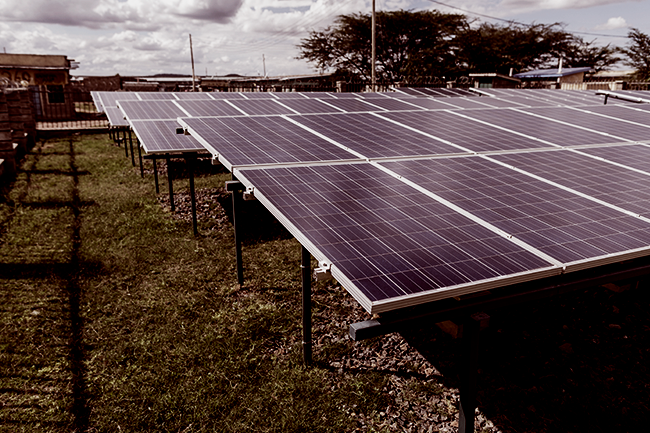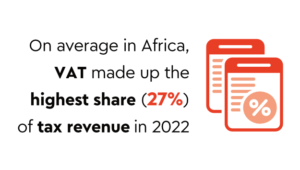It is tempting to look to a single solution as a panacea to poor, erratic or non-existent electricity availability in sub-Saharan Africa. Large-scale utilities, for example, will only see big, countrywide grids as the solution, even though this is neither affordable nor practical given the lack of population density in many areas across the continent.
Bloomberg New Energy Finance (BNEF) makes the point that ‘the areas that the main grid can reach more economically than off-grid alternatives are slowly being exhausted, and in some places the incremental costs of adding new rural customers via this route are becoming prohibitive’. Cash-strapped utilities can no longer afford to extend the grid into these kinds of areas, which has created the opportunity for decentralised solutions. Historically, this has been in the form of micro-grid solutions. Funders and suppliers of these will see them as a useful way of providing access, albeit one school or one community centre at a time. Yet as the costs of solar PV panels and lithium-ion batteries have plummeted, larger-scale decentralised options are now possible. Add remote connectivity via 4G (or even 5G) mobile networks, and intelligent metering and billing systems, then mini-grid solutions are surely the most compelling way to electrify the remainder of sub-Saharan Africa.
A 2020 report by the Mini-Grid Partnership, published by BNEF and Sustainable Energy for All, identified 5 544 operational mini-grids across Asia and sub-Saharan Africa. Of those, 39% are on our continent. It says that these installations ‘represent only a small fraction of the total needed for full rural electrification’. It is clear that solving Africa’s electricity deficit will take multiple approaches, but focusing on the deployment of mini-grids will accelerate access to electricity at a lower price and faster rate than simply expanding national or regional grids. Still, there are two major obstacles to overcome. First, rural customers largely have very modest power demands. Second, the absence of regulation and policies on mini-grids does not yet provide a clear investment case for these in most countries.
Solving the latter is a challenge. But once there is regulatory certainty and a clear funding model, the investments will come. Certain mini-grid projects operate on a concession-type basis, with them running all aspects of the network: generation (and storage), distribution and billing. And a subsidy for a certain amount of ‘free’ electricity daily/weekly/monthly could provide households with a basic level of access. Add in a state-funded (minimum) revenue guarantee and the investment proposition for private operators becomes persuasive.
It is tempting to argue that there will ‘never’ be enough demand in certain areas, but price signals can and will stimulate demand. In solar PV mini-grid deployments, these could be in the form of significantly cheaper power during the day versus at night (where the electricity will generally come from battery storage). In mini-grids, demand can also be better aggregated versus the situation in pure micro- (or even nano-) grids. Government policy could also help ensure that mini-grid opportunities are of the required scale needed for commercial operators to be able to generate sufficient returns on their investment. Policy and regulations ought to be flexible enough to ensure the expansion of these mini-grid projects is possible.
To achieve UN Sustainable Development Goal 7, 238 million households will need to gain access to electricity in sub-Saharan Africa, Asia and small island nations by 2030. The report says that mini-grids could serve an estimated 111 million of these. However, this would require capital investment of around US$128 billion across the decade.
For now though, funding remains a trickle. A total of US$2.07 billion in funding from 14 funders belonging to the Mini-Grids Funders Group had been approved by March 2020. Of this, only 13% had been disbursed. There’s still a long road ahead.
















